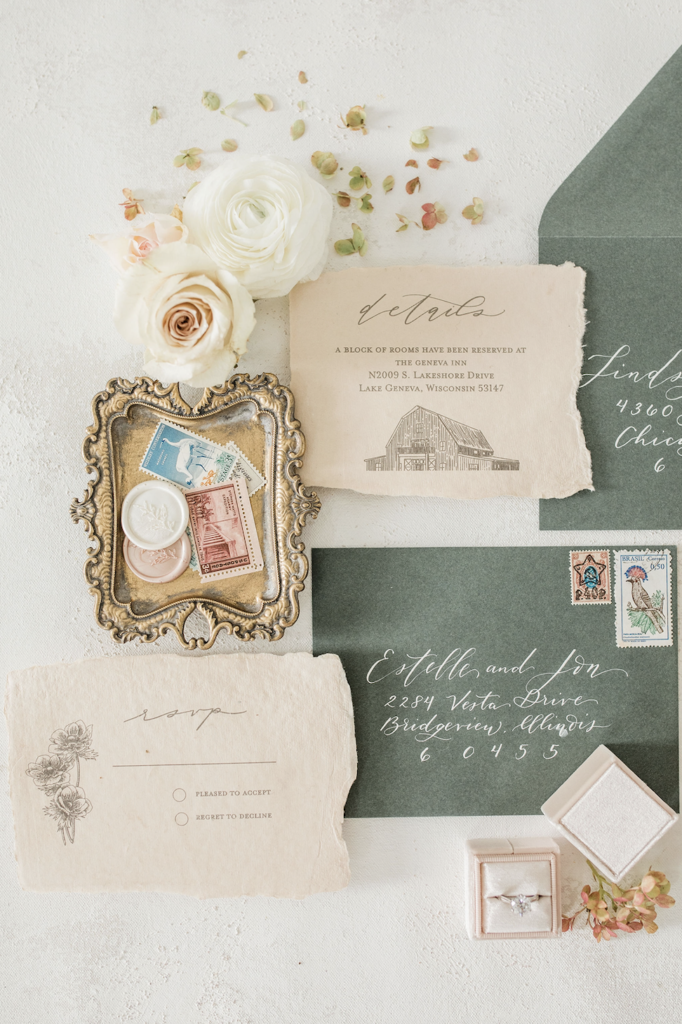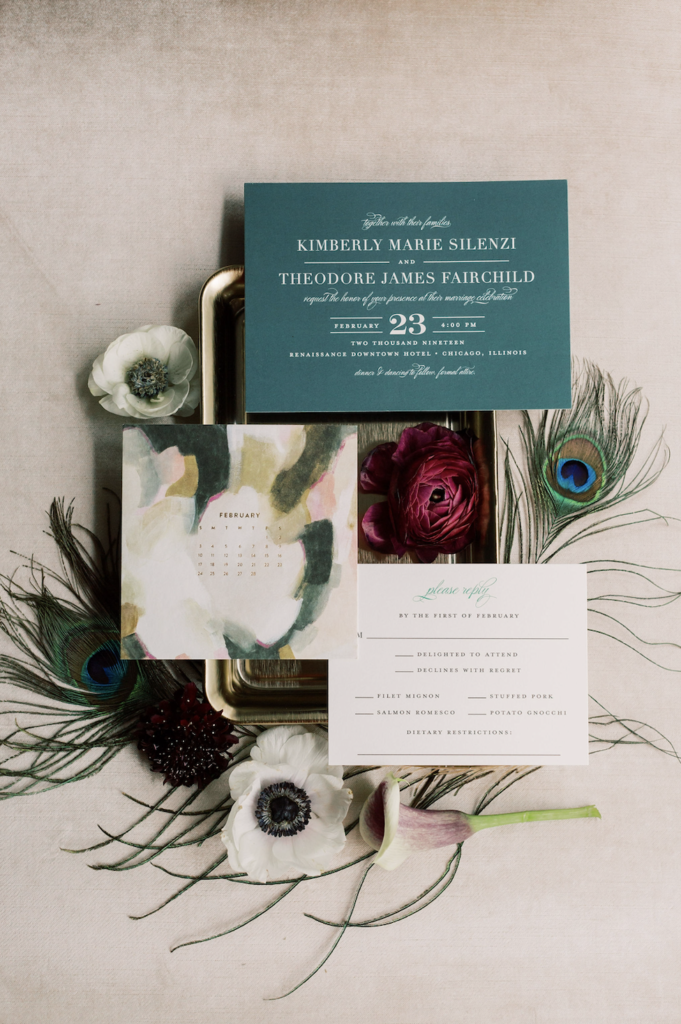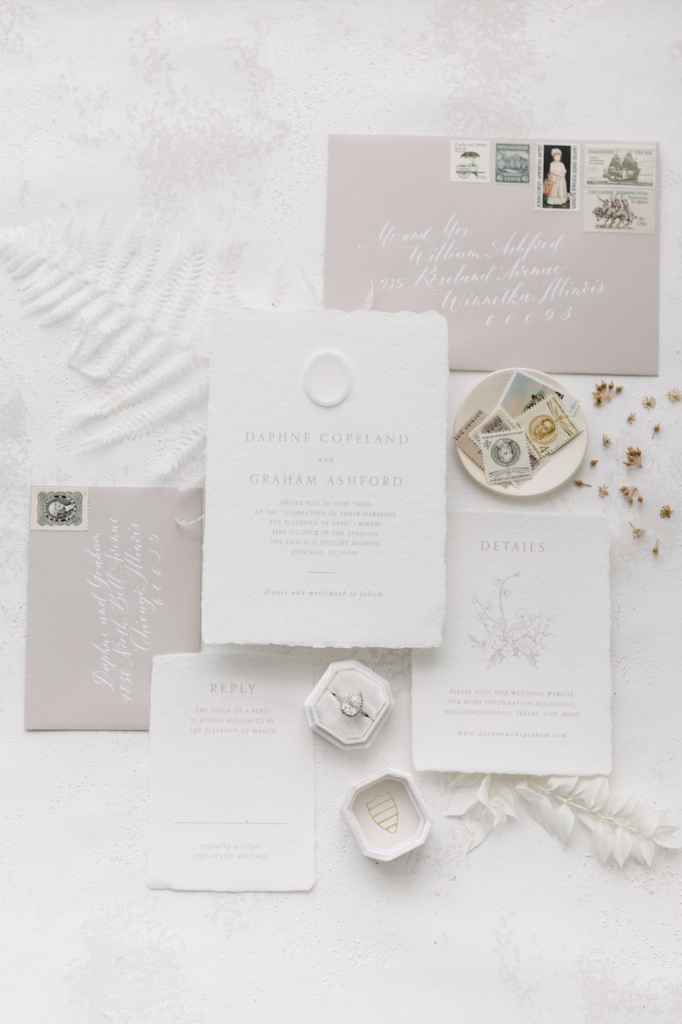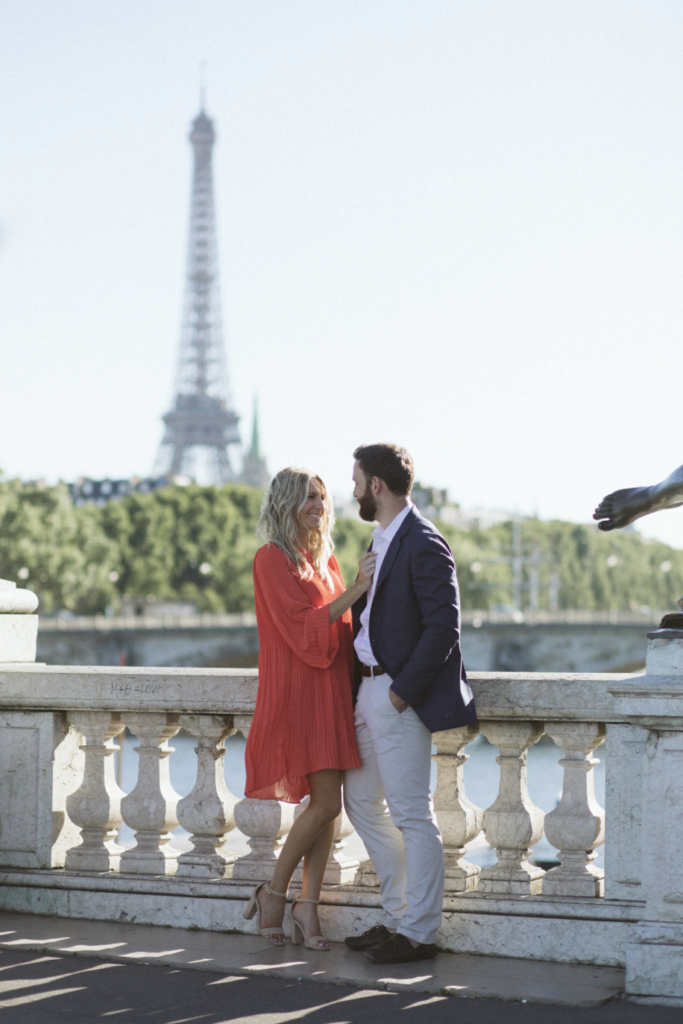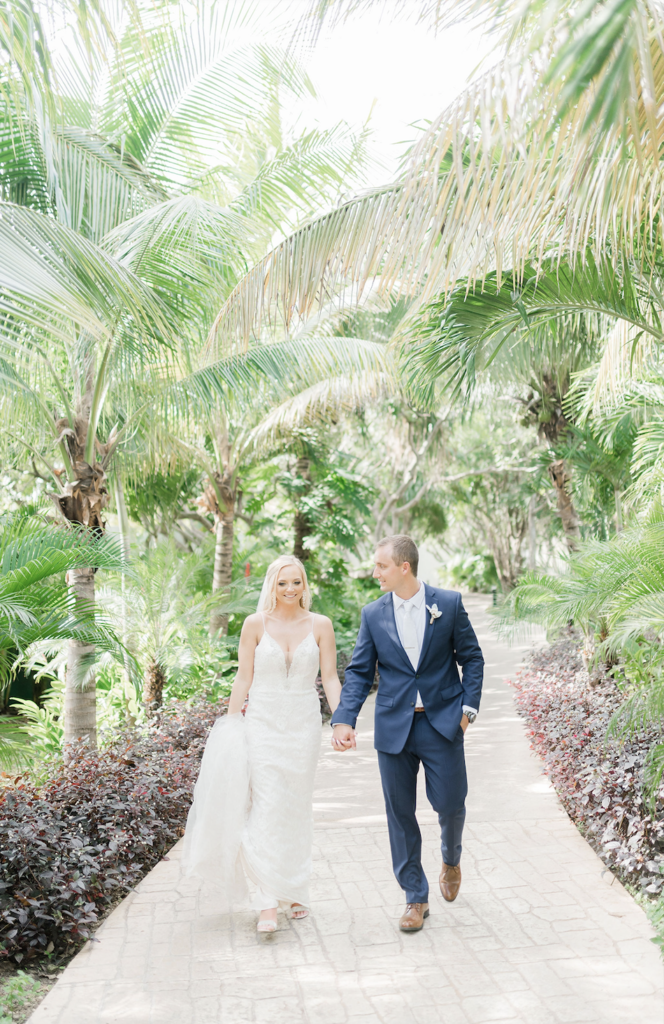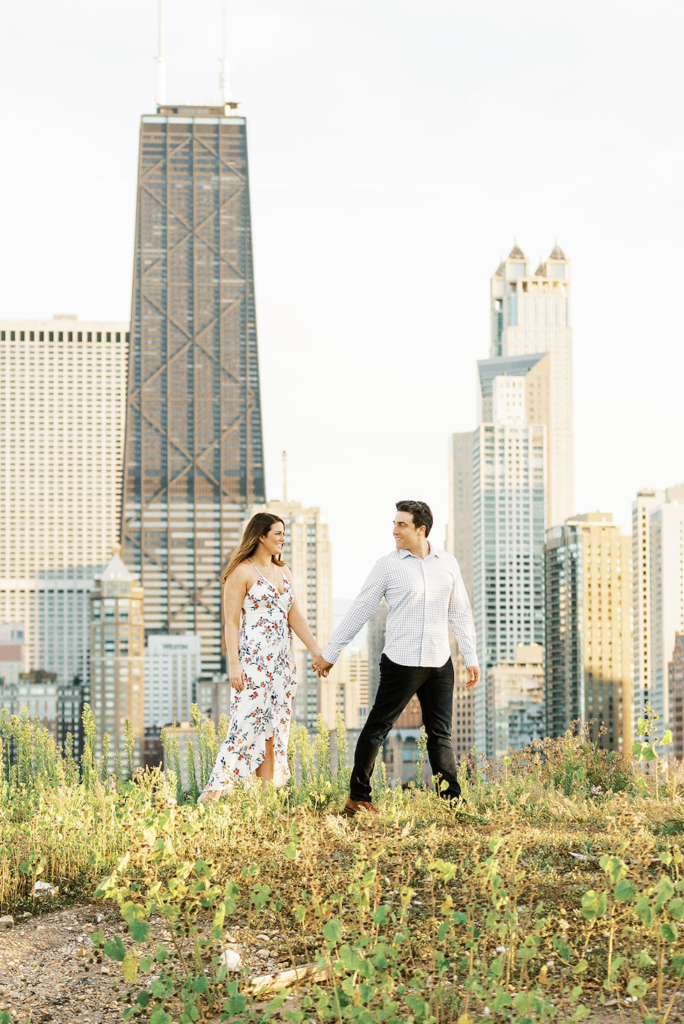Photo & Video | Green Practices
August 31, 2021
August 31, 2021
August 30th, 2021
Looking into another month of our green series, we chose to focus on photography & videography for this blog. We won’t lie when we say this one was a bit of a struggle to gather information this month; we do not have a lot of environmentally friendly vendor friends to interview or question. We did some market research (which you’ll find below) but if you have more tips or you know green-photo/video teams, please let us know!
Impact of Batteries on the Environment
Batteries are composed of numerous chemicals that get released into our ecosystem when they are thrown into a landfill. These chemicals soak into soil & water which can negatively affect the water we drink from the tap. By using rechargeable batteries, photographers and videographers can help reduce the amount of batteries going into the landfill. Not only does this help the environment, but it is extremely cost effective as well!
Environmentally Friendly Wedding Album’s
Wedding album’s can be cherished for a lifetime & are often gifted to family member’s, so we know how hard it would be to skip the album. Have you considered purchasing an eco friendly wedding album as an alternative?
- 100% recycled materials: Look for a company that uses recycled or local materials that are sustainable
- Go for durability: Cork and wood albums are extremely durable and sustainable making them last a lifetime
- Sustainable paper: With numerous types of paper stock, be conscious of the eco friendly paper options
Repurpose styling materials
We all know how pretty “wedding morning details” can be: ring boxes, trays, ribbon, wax seals, stamps, and other pretty styling details. As a photographer, it’s important to invest in some of these details so your clients do not feel the need to buy these “just for the photos” and never use again. We want to minimize waste and if you can help your client (and the environment) by purchasing a ring box (or a few) and some other details that can be used over and over, please do so!
Photo Lists on a Phone
While we don’t suggest a best man or maid of honor reading their speeches from their phone, we do recommend a photographer using their phone (or other electronic) to go through a family photo list. We see paper lists at most of our weddings which we would love to get away from. We let all of our photographers know that our team will help roll call so we can use the lists on our iPads.
Minimize Travel
- Destination photography: While most photographers want to travel across the world, few think how much that negatively impacts the environment: driving to the airport, to getting on the flight, to Ubers around the final destination. If you use a local photographer instead of flying someone to the photo location, you’re thinking green.
- Shared transportation on wedding day: There is always logistics behind wedding day – where does a photographer/videographer park and how do they get around during photos? We highly recommend a photographer park their car in the final destination and then jump on board of whatever transportation the couple is providing for their wedding party. There is no need to have multiple cars going to the same location so please consider sharing when it’s feasible.
Film Photography Awareness
There are two types of photography: Digital and film. Digital is the more common photographer practice but film is becoming ever so trendy and a lot more photographers are taking film classes to add to their service repertoire. Shooting in film means you’re actually printing strips in a red room, where the only photos you see have to be developed (compared to viewed on a camera or screen). That comes hand in hand with a lot of negative impacts on the environment when considering all the plastic that’s thrown away and also what happens in a photo lab. Because we’re not experts at the what goes into photography, we’ve sourced an article from Analogue Wonderland that explains ALL the ways you can be more environmentally friendly with film. Please visit THIS link for a great article about film.
Leave The Messy Plants Alone
You may walk through a forest or park and find there are branches in the way, or plants that are not allowing you to get the perfect clean shot that you want. There is always photoshop! Leave the wilderness alone, even if it’s not perfect for what you’re capturing. We want to keep all of the trees, bushes, plants and wildlife in tact.
Tuan B & Co: Member of the Green Wedding Alliance
“I use eco-friendly paper and materials for my albums and also use paperless contracts. My business cards and mailed materials are made from textile-industry waste cotton and are produced using 100% wind power. My office uses LED lighting, up-cycled/repurposed materials and furniture, and of course, I recycle.”
*Disclaimer: If you currently practice green photography/videography and want to add any input to this blog we would love to mention your company!
© ohana events 2022 .
ALL RIGHTS RESERVED | SITE CREDIT.
CONTACT
BLOG
south florida
destination
midwest
HOME
dream big
let's
con
nect
Read
ABOUT
South Florida
Midwest
Destination
services
Events
BLOG
Get Inspired
Connect
INQUIRE
Contact Us
Chicago's Rental Collection
Meet The Team
